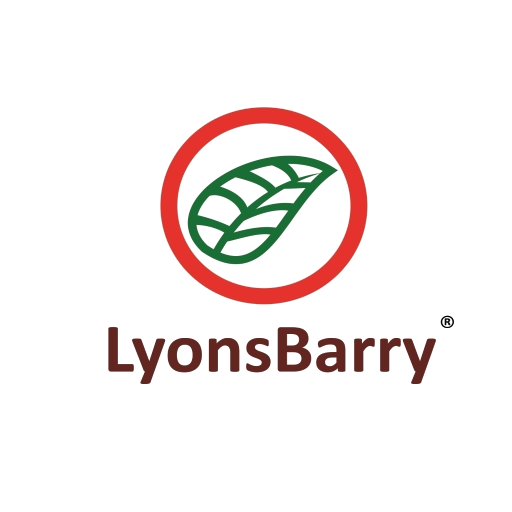Ghee, also known as Ghrta in Ayurveda, is an excellent Anupana (therapeutic vehicle) for transporting the properties of herbs to the deep tissues of the body. There are two types of Ghee; one made from dairy milk and other from vegetable oil known as vanaspati Ghee or vegetable Ghee. Dairy Ghee is pure, nutritious and is considered healthier as it is a rich source of fat soluble vitamins (A, D, E and K). It provides strengthening to the bones and gives nourishment and strength to the body.
Ghee is the most widely used milk product in the Indian diet that promotes proper digestion and absorption of food which reduces the accumulation of toxins in the body. It also helps in weight loss by controlling the appetite and reducing the urge to overeat.
According to Ayurveda, regular use of Ghee in your daily diet helps to fight against recurrent infections to increase immunity. Ghee also helps to provide relief from constipation by promoting bowel movements due to its laxative property. Ghee is also considered to be good for the brain as it improves the overall brain functioning due to its Vata and Balya properties.
Topical application of Ghee also helps in quick wound healing and decreases swelling due to its anti-inflammatory property. It also provides relief from burning sensation due to its Sita (cold) property. Ghee helps in controlling wrinkles and increases the moisture content of the skin.
It is advisable to avoid Ghee in large amounts in case of cold and cough due to its cold potency. Excessive intake may also cause vomiting and loose motions.
What are the synonyms of Ghee?
Gava Ghee, Gava Ghrit, Clarified butter, Gaya Ghee, Tuppa, Pasu, Ney, Pasu Nei, Toop, Gai Ghia, Nei, Neyyi, Nei, Gaya ka ghee.
Related Posts
Mango
By rajesh
0 Comments
Mango, commonly known as Aam, is called the “King of Fruits”. It is one of the most
Nutmeg
By rajesh
0 Comments
Nutmeg or Jaiphal is a seed that can be ground and is commonly used as a spice.
Potato
By rajesh
0 Comments
Potato or the famous “Aloo” is a complete package of various medicinal and healing properties. It is a widely
Kanakasava
By rajesh
0 Comments
Kanakasava, also known as Kanakasavam, is an Indian traditional Ayurvedic formulation used to treat lung-related problems including
Soybean
By rajesh
0 Comments
Soybean, commonly known as Soy, is a leguminous crop that contains high amounts of beneficial components such as proteins,

